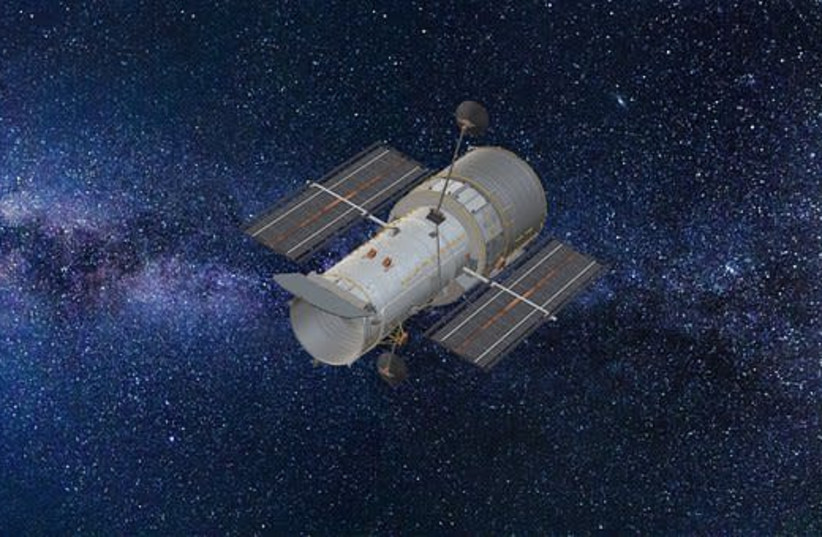The number of documented asteroids in our solar system has jumped after scientists managed to find over 1,000 of these celestial objects that had gone unnoticed until now.
The asteroids were discovered through a citizen science project known as the Hubble Asteroid Hunter and sought to use archival data to visually identify asteroids that had hitherto gone unnoticed.
“One astronomer’s trash can be another astronomer’s treasure,” noted Max Planck Institute for Extraterrestrial Physics researcher Sandor Kruk, who led the study published in the peer-reviewed academic journal Astronomy and Astrophysics.
Many astronomers archive data and the number increases exponentially as the amount of data continues to grow. Furthermore, the amount of asteroids known to scientists has also grown exponentially over the years thanks to advancements in telescope technology.
Currently, it is estimated that there are well over 1.1 million asteroids in the solar system – but there are issues with detecting many of them.

Using archival data, however, particularly from studies that weren't focusing on asteroids, it could be possible to find other asteroids that had gone unnoticed. This is because a significant amount of data that indicated the presence of an asteroid might have simply been written off as "noise" and thus discarded.
So that is exactly what this study did, going over more than 37,000 images from NASA's Hubble Space Telescope taken between 2002 and 2021.
What especially stood out here was that the images are 30-minute exposures where asteroid trails would seem as just curved streaks, something that computers don't always notice.
How can the asteroid detection problem be solved?
The answer Kruk and the rest of the over 11,000 scientists involved in the process came up with was artificial intelligence.
The scientists trained a machine-learning algorithm that could go over the data gathered from Hubble.
Overall, 1,701 trails were noticed in the images. Of them, 1,031 were unidentified as asteroid trails.
What does this mean for asteroid research?
Overall, more research will need to be done. In fact, it is highly likely that some of the asteroids will never be definitively identified. However, knowing more about the many asteroids in the solar system is important for astronomers to better understand them.
We do know some things, however. For instance, it is highly likely that these new asteroids are rather small, and not large objects with the potential to cause massive calamities should they impact the Earth. Indeed, it is likely that it is their small size that helped them evade detection for so long.
And even though these asteroids may be small and seemingly inconsequential, they are still very important.
As Kruk explained: “The asteroids are remnants from the formation of our solar system, which means that we can learn more about the conditions when our planets were born.”
Indeed, many scientists feel they may contain information that can solve the mysteries of the early days of the solar system.
But only time, and further research, will be able to tell what else we can find.
